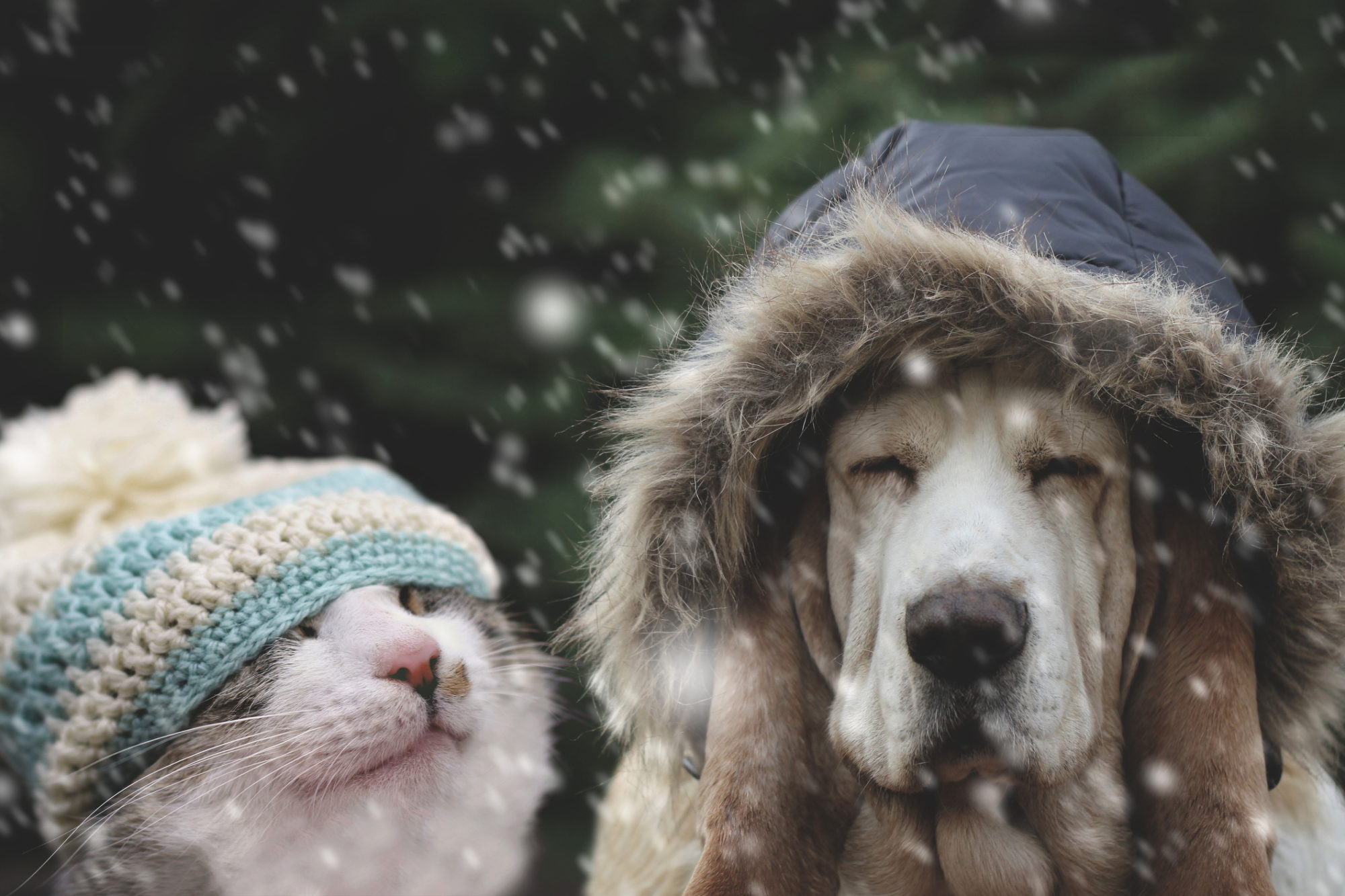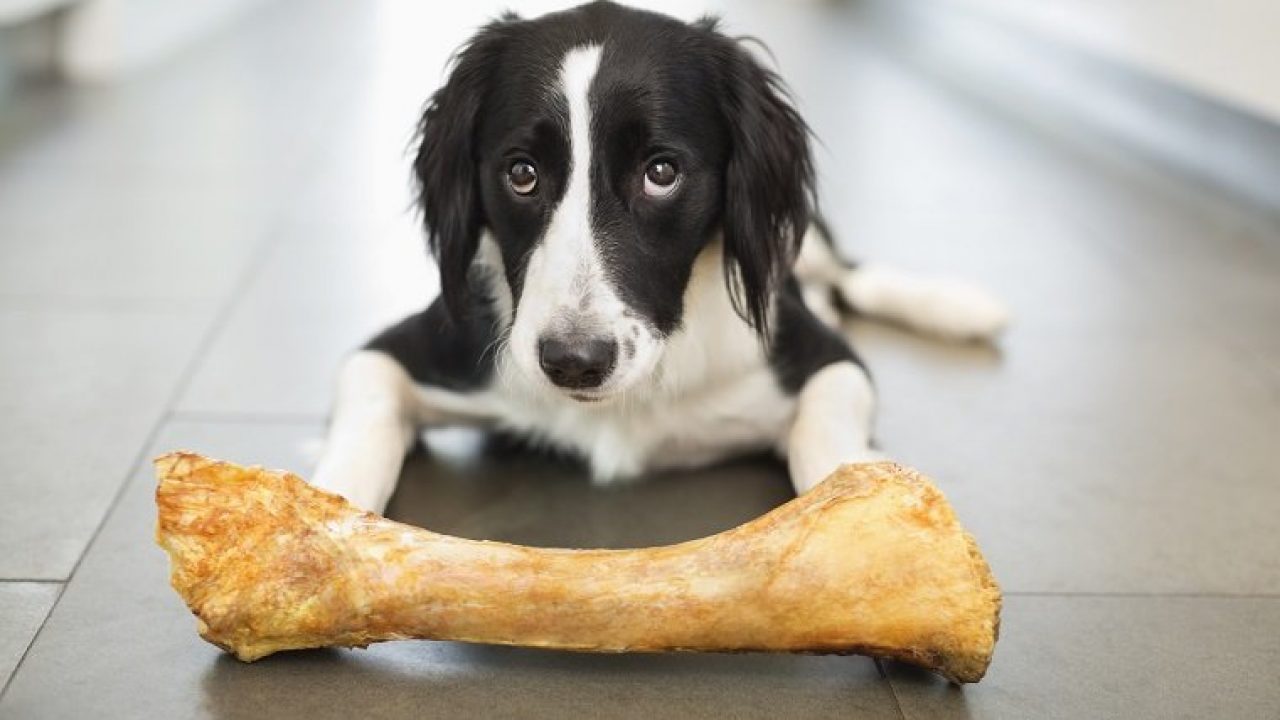“Lion Kings: Exploring the Behavior and Social Structure of Lions”
As a cat family member, the lion belongs to the lioness family. There are significant differences between this animal and those belonging to it. The cat family often does not exhibit the characteristics associated with cats. Sociality is A characteristic exhibited by the least typical cat family. But, the life of a lion is filled with exciting aspects due to this trait. Because most cats are not social, this aspect must be emphasized. This presentation explores this fascinating aspect. Of lion behavior and shows that sociality benefits animals.
Habitat Selection
The prime habitat for lions is open woodlands and thick grassland. And brush habitat, with enough cover for hunting and denning. These areas of grassland habitat also provide. Food for the herbivores that lions prey upon.
A lion’s pride behavior
Only one member of the cat family is made up of females. Lion social behavior often originates because hunting in groups is easier for them. By doing so, not only does it increase the chances of success, but it also decreases the chances of injury. In this way, it balances out the reduced share of food each lion receives. But, some researchers have discovered that this is only sometimes true. Only when larger animals were being hunted was group hunting necessary. It was common for females to hunt smaller creatures, such as warthogs. As the rest of the pride watched, they would be in awe. The advantages of pride living were attributed to other factors, such as territorial defense and cub care. The advantages of pride living were attributed to other factors, such as territorial defense and cub care.
Taking care of the lion’s share
The lion’s characteristics determine the division of labor within the pride. The lionesses do most of the hunting for pride due to their lighter. Smaller bodies, making them faster and nimbler. Also, they are in charge of raising the cubs. As a result of this teamwork, females and their offspring have. A larger pool of skills and better protection are available to them. The males of the species protect their pride. When the females hunt, they look after the cubs and defend the ‘pride areas.’ They are rewarded for this with more food than females.
A village’s contribution to lion social behavior
In the case of lions, childcare arrangements are communal. A lioness usually gives birth at the same time each year. She works with her cubs of the same age to look after them. In these “creches,” mother lions care for their cubs for almost a year. Or two while protecting them against male lions and other vampires. It is also expected for lionesses to help the cubs of other mommas.
It’s all about location, location, location.
It is crucial for a lion’s survival and quality of life that he maintains territory. One of the primary reasons they form pride is because of this. Lions must have access to everything they need: shelter, food, and water in good territory. There tends to be a connection between the latter two. Like their prey, lions prefer to live near rivers because they seek water. It is generally true that the more enormous the territory, the more immense the pride. And the more enormous pride can control a larger area. It is common for male lions to mark their territories with urine. Mixed with scent from glands on their bodies.
Getting all the notes right
The roar of a lion can convey a multitude of messages. A thunderous sound is how they defend their territory, which can be heard from up to five miles away. Large groups of lions will make other lions more aware of how many. Lions are roaring at once, making them less likely to attack. Its social function, roaring, is also a psychological one. As opposed to strangers, lions recognize the sounds of friends and family.
During sleep
Short, sharp bursts characterize the behavior of lions. Of activity rather than sustained activity throughout the day. Due to their robust build, these big cats get very hot. This sporadic movement prevents them from overheating. Because they move sporadically rather than continuously. The majority of their time is spent at night, as well as their lifestyle. Their hunt style also reflects this in that they don’t seek out prey but rather lie in wait for it. A territory encompassing busy waterholes where other animals will. Gather again demonstrates the importance of a territory, including waterholes. It is no surprise that lions have a lot of time to relax after a long work day, given their intensive approach to productivity. A typical day for them consists of approximately 20 hours of sleep.
Taking the world by storm
Climbing a tree is one way a lion can escape, for instance, from a swarm of flies or a herd of vengeful buffalo. Some lionesses do this to get peace from their cubs’ demands.
Social Behaviour of Lions: Not All Fun
Social behavior in lions is learned through play that mimics the behavior of adults around them from an early age. At first, lion cubs tend to be timid within the pride, but they are naturally playful as they grow older. A healthy cub is a playful cub that can turn anything into a toy, whether a stick or someone else’s tail.
A Complex Lifestyle
Since lions sleep most of their time, their behavior might be boring. Lions have complex social behavior to make. Most of their physiology and environment. Socializing is one of their most significant advantages over other cats. Allowing them to maximize their quality of life in group settings.










